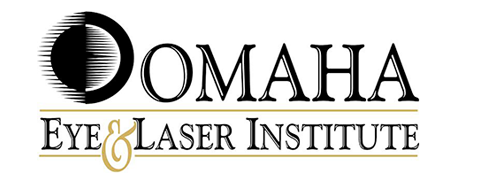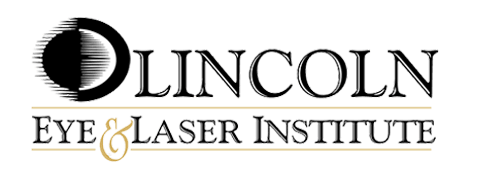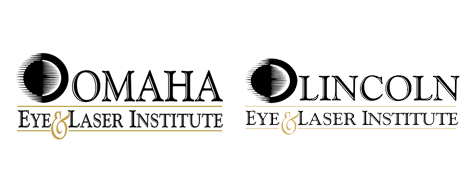As a leading cause of blindness in the U.S., glaucoma is an eye condition that requires prompt, effective treatment. However, even with treatment, the condition itself is chronic and cannot be completely cured.
This is why it’s important to understand what your options are for slowing or stopping glaucoma progression and maintaining healthy intraocular pressure. Keep reading to learn more about glaucoma and how you can prevent vision loss from this common eye condition.
The Basics of Glaucoma
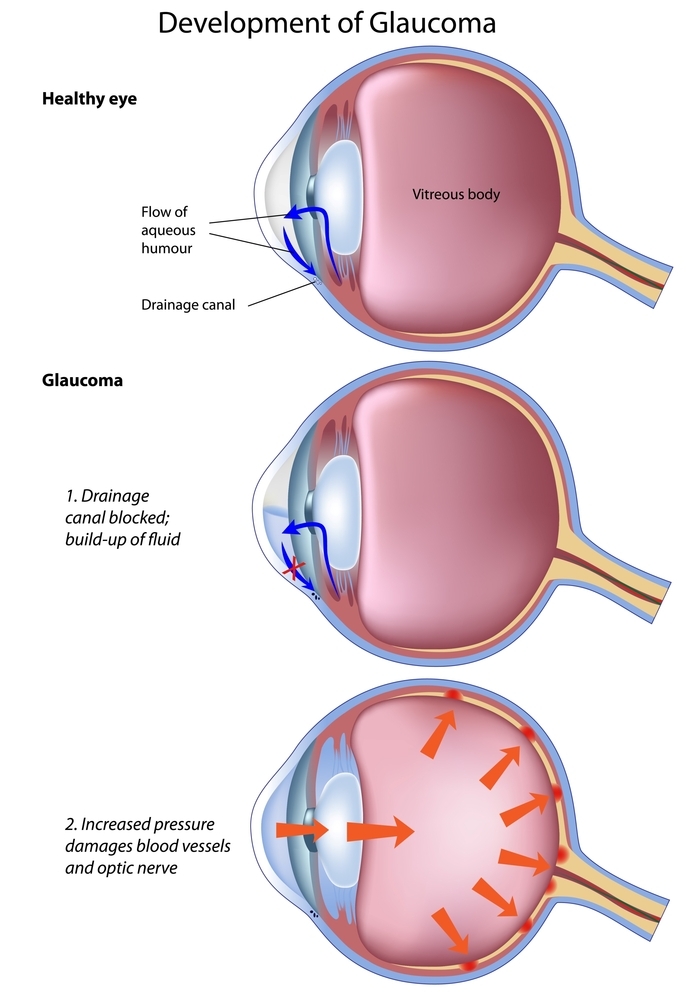
While you may have heard of glaucoma, you probably didn’t know that it’s actually an umbrella term for a group of conditions that raise eye pressure and cause damage to the optic nerve. Eye pressure, also known as intraocular pressure or IOP, is maintained by the constant flow of aqueous humor fluid in and out of the eye.
In a healthy eye, this fluid flows in and out easily through the drainage angle. However, with glaucoma, blockages in the drainage angle can prevent fluid outflow, causing IOP to rise and eventually damage the optic nerve.
Does Glaucoma Have Obvious Symptoms?
Most patients don’t experience any symptoms in the early stages of glaucoma, but as it progresses, their vision will worsen. Once vision has been lost to glaucoma, it cannot be restored.
However, damage can be slowed or stopped with different treatments. This is why early detection through regular eye exams is so crucial to saving your sight from glaucoma.
By spotting signs before significant damage occurs, your ophthalmologist can provide effective treatments tailored to your needs that can help preserve your vision.
How Eye Doctors Use Advanced Technology to Diagnose Glaucoma
Your best defense against glaucoma is ensuring you attend regular eye exams with your eye doctor at The Omaha and Lincoln Eye and Laser Institute. They utilize state-of-the-art technology to ensure any signs of glaucoma are spotted as early as possible, like the Cirrus HD-OCT.
This cutting-edge instrument produces high-definition 3D maps of each layer of your retina to scan for signs of glaucoma. Your eye doctor can also use this technology to monitor your glaucoma progression and recommend the best course of treatment for your needs.
Other tests for glaucoma include:
Tonometry
Tonometry, or eye pressure testing, measures your intraocular pressure. High intraocular pressure can often indicate glaucoma, but not all cases of elevated IOP are caused by the condition.
Corneal Pachymetry
Your eye doctor will likely perform corneal pachymetry, or the measurement of corneal thickness, in addition to tonometry. This is because very thick corneas can result in a higher pressure reading, even in patients without glaucoma.
On the other hand, patients with thin corneas may have normal tonometry results but still have glaucoma.
Visual Field Testing
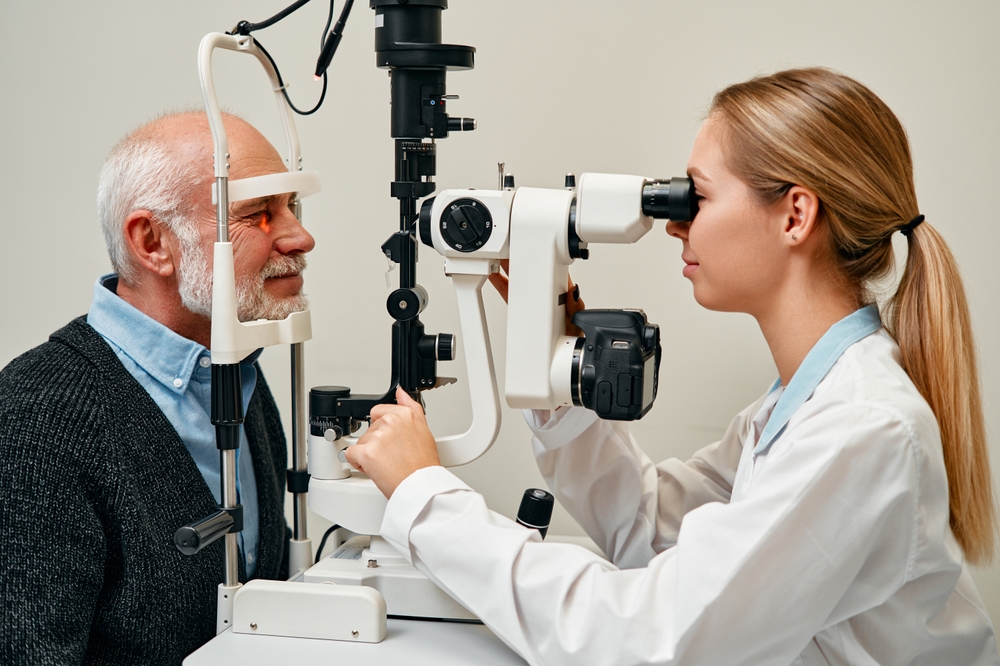
Once patients start experiencing vision loss with glaucoma, peripheral (side) vision is usually the first thing to go. However, it can be difficult to notice on your own.
Visual field testing helps your eye doctor detect abnormalities in your side vision that could point to glaucoma.
Gonioscopy
Gonioscopy is a test that allows your eye doctor to look into the anterior chamber and drain of your eye to search for indicators of glaucoma. It uses a special lens and a slit lamp to noninvasively examine these structures.
Pupil Dilation
Dilating your pupil during a slit-lamp exam can help your eye doctor better see the back of your eye and examine the optic nerve for damage.
Preserving Your Vision After a Glaucoma Diagnosis
If you’ve been diagnosed with glaucoma, it can be difficult to cope with the fact that this eye condition is chronic, meaning no cure can completely eliminate glaucoma. Luckily, advances in ophthalmology have made preventing the progression of glaucoma easier and more effective than ever.
With a wide selection of treatments that help keep IOP from rising, you can slow or even stop vision loss from glaucoma. Depending on the type and severity of your diagnosis, your eye doctor may recommend treatments such as:
Prescription Eye Drops

Prescription eye drops are often the first line of treatment for glaucoma. They help lower eye pressure by improving fluid flow out of the drainage angle or reducing aqueous humor production.
Selective Laser Trabeculoplasty (SLT)
Selective laser trabeculoplasty (SLT) helps lower IOP by using low-energy laser light to reduce blockages in the drainage angle. The Omaha and Lincoln Eye and Laser Institute was the first practice in Nebraska and Iowa to offer this advanced procedure.
iStent
The iStent procedure involves your eye doctor placing two tiny implants in your eye to create permanent bypasses in the trabecular meshwork to help fluid flow through the eye. This procedure can help reduce or eliminate your reliance on prescription eye drops.
Molteno Valve Implant
The Molteno valve implant is a tiny device that can be placed in your eye under general anesthesia to create a new drainage channel for aqueous humor to flow through your eye.
Trabeculectomy
For patients with more complex cases of glaucoma that do not respond to minimally invasive treatments, trabeculectomy is an option. This procedure involves your ophthalmologist making a small passageway from the inside to the outside of your eye to allow for better drainage.
Stay on Top of Your Glaucoma
While glaucoma does not have a cure, you can stay on top of your eye health by attending regular eye exams with your eye doctor. They can monitor the progression of your condition and recommend treatment options that have the potential to save your sight.
Schedule your appointment at The Omaha and Lincoln Eye and Laser Institute in Omaha and Lincoln, NE, today!
